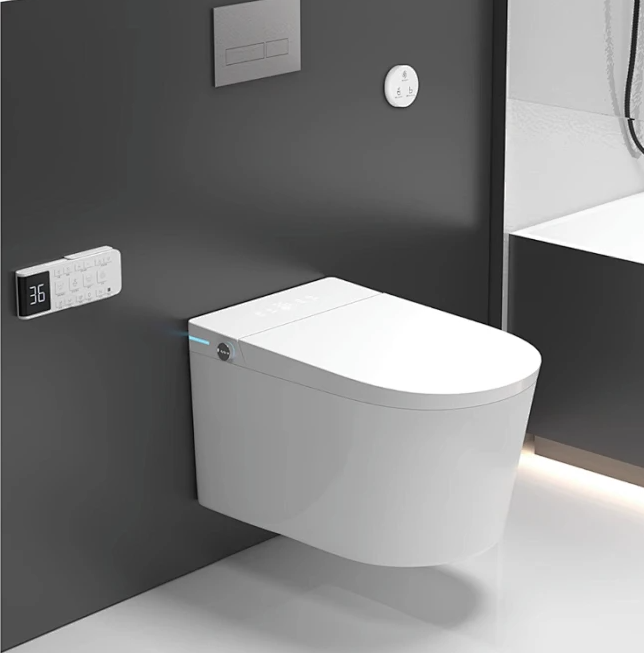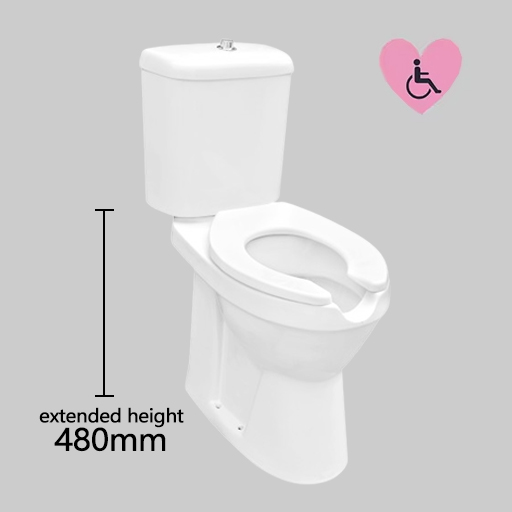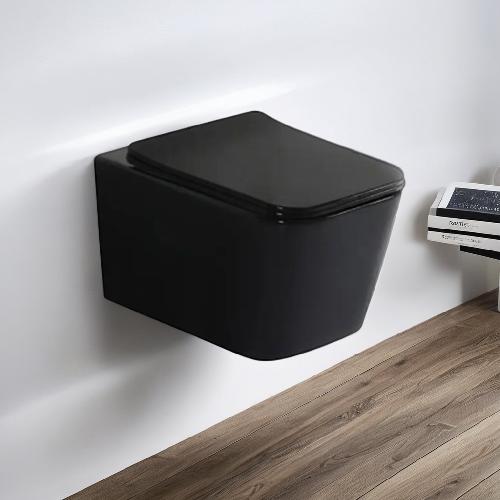Contemporary Toilet Trends: A Blend of Innovation, Sustainability, and Aesthetics
In the modern world, toilets have evolved from being mere functional spaces to sophisticated hubs of technology, sustainability, and design. With the rise of urbanization, increasing environmental concerns, and evolving consumer preferences, contemporary toilet trends are reshaping the industry in exciting ways. This article delves into the key trends that are defining the future of toilets.
1. Emphasis on Sustainability and Environmental Protection
One of the most significant trends in contemporary toilets is the emphasis on sustainability and environmental protection. As the world becomes more conscious of its carbon footprint, eco-friendly toilets have gained widespread popularity. These toilets utilize advanced waste management technologies that convert human waste into fertilizers or other useful substances, thereby promoting resource recycling and reducing pollution.
The increasing demand for eco-friendly toilets is driven by several factors, including government policies promoting green initiatives, public awareness campaigns, and a growing desire among consumers to adopt environmentally responsible practices. According to recent reports, the global market for eco-friendly toilets is projected to grow significantly in the coming years, with China leading the charge due to its large-scale “Toilet Revolution” campaign.
2. Integration of Technology and Intelligence
The integration of technology and intelligence is another defining trend in contemporary toilets. The advent of smart toilets has revolutionized the way people interact with their bathrooms. These toilets feature automated cleaning systems, smart sensors for monitoring usage and maintenance, and even health monitoring capabilities. For instance, some smart toilets can analyze urine samples to detect potential health issues, making them a valuable tool for early disease detection.
The integration of IoT (Internet of Things) technology has further enhanced the functionality of smart toilets. Users can control various features of their toilets remotely, such as adjusting the temperature of the seat or activating the bidet function. Additionally, smart toilets can collect data on usage patterns, which can be analyzed to optimize maintenance schedules and improve overall efficiency.

smart toilet
3. Modern and Aesthetic Designs
Contemporary toilets are no longer limited to bland, functional designs. Instead, they are increasingly being designed with an eye for aesthetics, incorporating modern and stylish elements that complement the overall interior design of homes and public spaces. From sleek, minimalist lines to bold, statement pieces, toilets today come in a wide range of designs to suit different tastes and preferences.
The integration of natural elements, such as wooden accents, stone textures, and green plants, has become a popular design trend in modern bathrooms. These elements create a sense of tranquility and connect users with nature, enhancing the overall experience of using the toilet. Additionally, the use of LED lighting and color therapy techniques is also gaining traction, as they can help create a calming and soothing atmosphere.
4. Personalization and Customization
The trend towards personalization and customization is also evident in contemporary toilets. Consumers today want products that reflect their unique personalities and preferences. Toilet manufacturers are responding to this demand by offering a wide range of customizable options, from color schemes and materials to advanced features and accessories.
For instance, some toilets allow users to customize the water pressure and temperature of the bidet function, while others offer heated seats and built-in music systems. Additionally, many manufacturers are offering limited-edition designs or collaborations with renowned designers, adding an element of exclusivity to their products.
5. Accessibility and Inclusivity
Lastly, contemporary toilets are increasingly being designed with accessibility and inclusivity in mind. Manufacturers are incorporating features that make toilets more user-friendly for people with disabilities or special needs, such as wider doors, grab bars, and automated flush systems. These designs not only enhance the safety and comfort of users but also demonstrate a commitment to creating inclusive and accessible spaces for everyone.
In conclusion, contemporary toilet trends are shaped by a combination of factors, including sustainability, technology, design, personalization, and accessibility. As the industry continues to evolve, it is likely that we will see even more innovative and exciting developments in the future. From eco-friendly toilets to smart technology and stylish designs, the future of toilets is looking bright and promising.

disabled toilet


